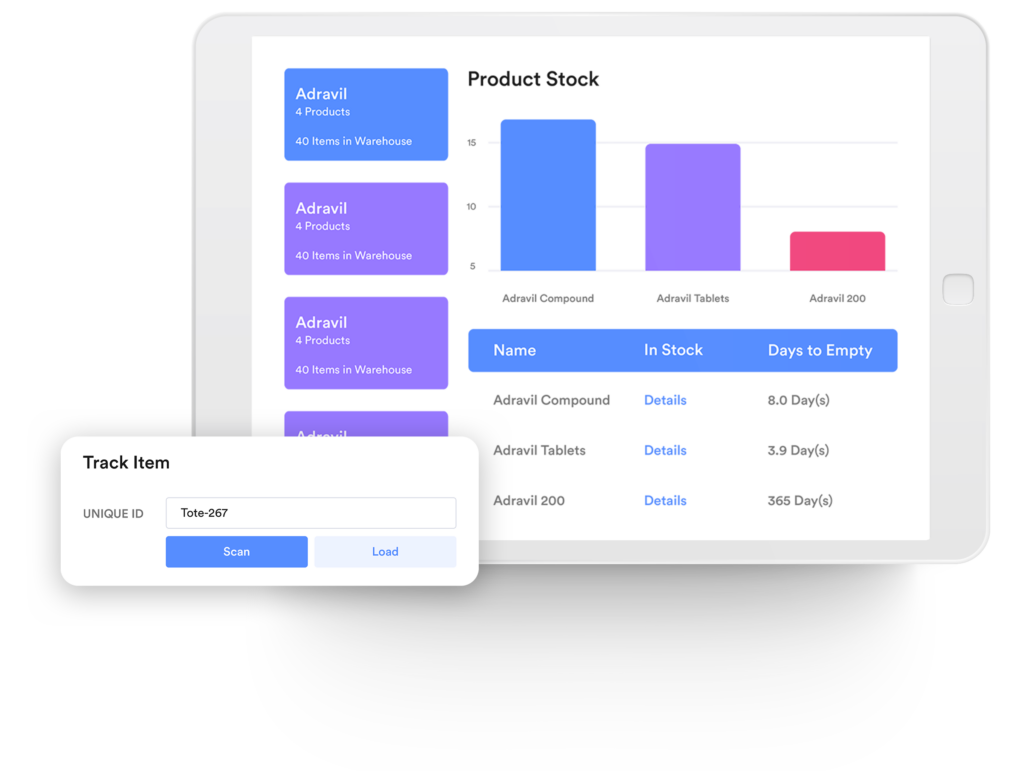The pandemic has permanently altered many aspects of critical sectors, but the manufacturing industry and its supply chains have been hit particularly hard by labor shortages. While the supply chain has long operated behind the scenes of other industries, COVID-19 and its subsequent disruptions have brought labor issues into sharper focus. These challenges will continue to impact the global economy as they are symptoms of existing weaknesses that were exacerbated by the pandemic. In addition to a shrinking manufacturing workforce, many companies are struggling with employee retention efforts.
The pandemic also highlighted the importance of making upgrades to the supply chain as businesses increasingly focus on digital transformation. To ease the constraints of supply chain woes, manufacturing labor shortages, and to continue hitting growth goals, businesses must turn to digitalization to thrive through major industry shifts.

The Forces Driving Change in Manufacturing
The Great Resignation has unevenly affected different industries, hitting manufacturing and supporting positions up and down the supply chain particularly hard. Compared to the market before the pandemic, manufacturing employment has decreased by 400,000 jobs. However, there is a disparity between the number of open positions and the types of employment people are seeking, with job openings outpacing hiring rates. Because the demand for employees is exceeding the supply, labor costs have increased — with transport and warehousing employees’ wages rising four times faster than before the pandemic.
Technology positions are viewed as more attractive than manufacturing and logistics jobs, and younger job seekers are less likely to pursue these types of roles. As seasoned, skilled workers have made their exodus, manufacturers have turned to MES systems (and the libraries of SOPs, best practices, and tribal knowledge they can store and disseminate) to empower the younger, inbound workforce.
Labor shortages are deepening existing problems within the supply chain. Because employers are under pressure to hire and retain employees while dealing with higher rates of absenteeism, the supply chain is experiencing a ripple effect. Suppliers’ on-time delivery rates are dropping while they contend with supply shortages, which drives higher volatility in order patterns.

What Can Manufacturers Do to Solve These Challenges?
Labor shortages are unlikely to resolve themselves. While pressures from the pandemic are starting to ease, the systemic causes of labor mismatches will likely remain. As higher wages are not consistently increasing hiring rates, employers may need to look beyond traditional approaches to recruitment and retention. It isn’t just the labor shortage – today’s manufacturing moves faster than ever before, with technology speeding up customer demand.
Many manufacturers have already embraced technology to boost efficiency. Expanding automation and lean management capabilities can enable manufacturers to weather the challenges in the labor market and their related supply chain issues. The utilization of MES platforms allows companies to focus on worker flexibility and needs awareness to better optimize the use of labor, as well as quicker onboarding so new employees can learn internal processes faster. The shorter learning curve and technical tools enable new workers to start contributing more quickly, and companies can optimize staffing to help offset high turnover.
In addition, companies need to have the ability to respond to sudden changes in market conditions, customer expectations, and unexpected supply issues. MES systems enable manufacturers to improve their operational agility in response to unanticipated changes. Digitalization through these platforms also allows organizations to gain greater efficiency from their employees and maximize the contributions of their workforce.
Automation increases visibility, enabling manufacturers to identify labor-stressed locations and adjust their network flow. However, manufacturers are inundated with operations data and need the means to translate this information into actionable insights. Through utilizing the array of solutions MES platforms offer, companies will gain the contextualized insights they need for informed decision-making.
Contact Parsec today to make your organization’s digital transformation as impactful as possible.

